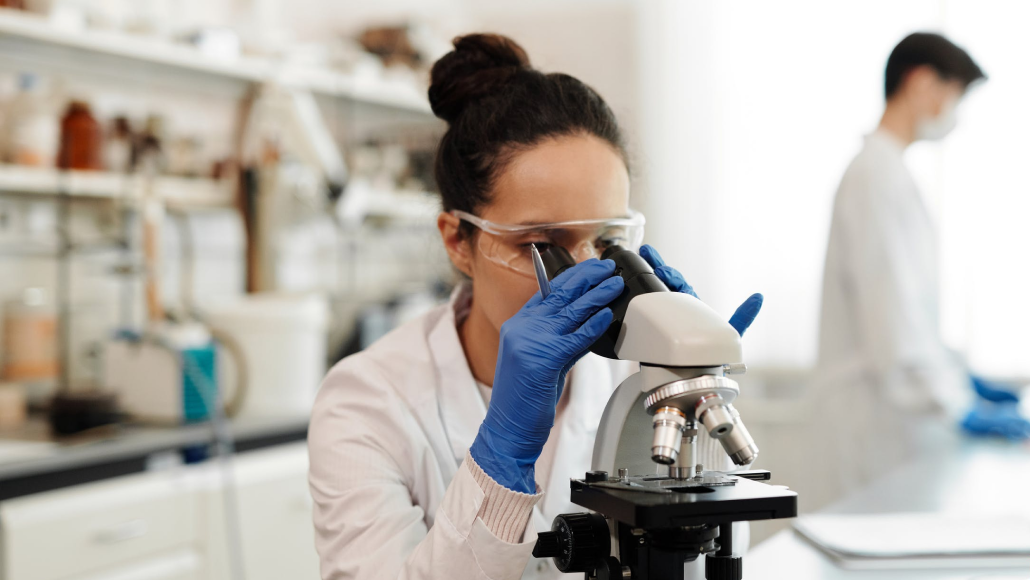What is a Genetic Disease?
Genes are the elements of DNA, the “molecule of life” which acts as the instruction book of our body.
DEOXYRIBONUCLEIC ACID
DNA is made up of units called genes, which contain a specific set of instructions that determine what each cell must do, how and when. It is our DNA – with its genes – that establishes, in broad terms, how we are made, how we work, how we grow and how we age.

How do genes work and what are proteins?
The instructions stored in the form of genes are used to construct proteins through complex molecular mechanisms within each cell.
These molecules are the structural and functional units of cells. Each protein has its own specific function. Some have a structural role for the cell; some – such as enzymes – are used to trigger biochemical reactions within the cell; others have a transport role (for example, haemoglobin, which carries oxygen in red blood cells); others still have a signalling role (as is the case of the G protein for signals between nerve cells, or hormones), or even a defensive role (such as antibodies).
What are mutations?
The instructions are written in the form of a genetic code, composed of sequences of four chemicals – adenine, cytosine, guanine and thymine (A, C, G, T).
In our body, from the single-cell stage onwards, each cell duplicates itself (or renews itself when we are adults), giving birth to two daughter cells. At each step, the DNA is duplicated and transferred to the daughter cells. These steps involve a faithful transcription of the genetic code, but random errors can occur. Every error in the genetic code is defined as a mutation.
Genetic diseases
Every cell can be affected by errors in its DNA, as we have so many, but only very few errors affect the correct construction or functioning of the corresponding protein.
A genetic disease arises from mutations to key points in the DNA. If a mutation is inherited from the parents’ DNA, or occurs when the organism is in early cell development, the error will be found in almost all the cells of our body.
The GNAO1 gene
This is the case of GNAO1 in which some errors that occur randomly on the homonymous gene determine the pathology.
More specifically, a whole series of mutations on the GNAO1 gene cause defects in the alpha subunit of protein G and this prevents the G protein from functioning as it should in signal transmission between nerve cells. A function that is essential for the correct mechanism of so many functions in our body.